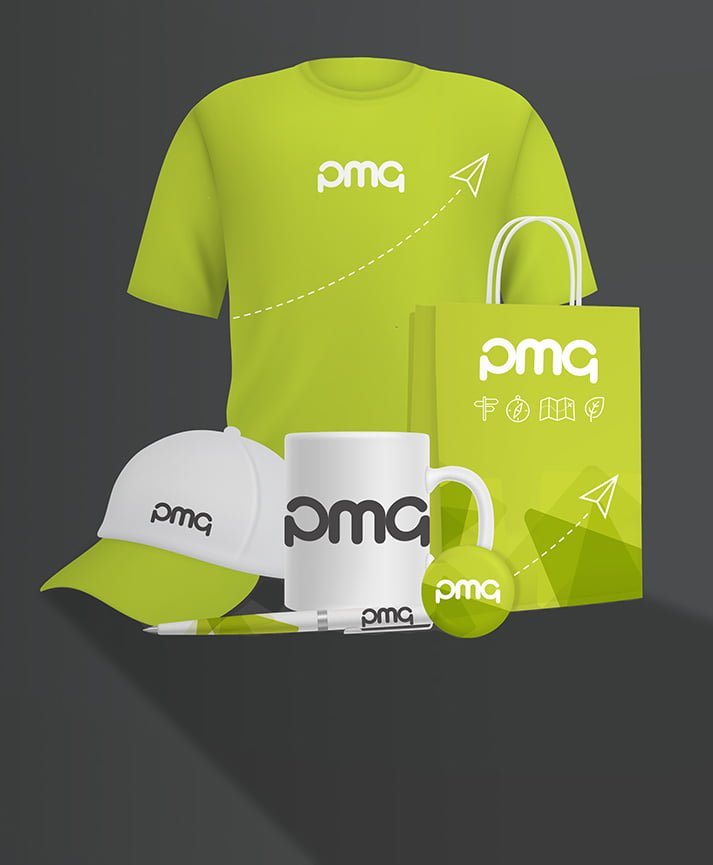
The more closely you can match your marketing campaign to your target market, the more effective it’ll be. You want the right people to see your print adverts because you know they’ll be more likely to notice them and respond to them than other people, and that means a greater return on your investment. Of course not every marketing channel has the same targeting ability. Traditionally, print marketing is seen as being much trickier to target than digital marketing, but does that assumption still hold true?
Targeted digital marketing
Digital marketing has evolved rapidly over the past couple of decades. Today’s targeted digital marketing campaigns comprise many different components such as content marketing, social media, pay-per-click advertising and display advertising. While social media marketing (and advertising) is able to target users to some degree, it is pay-per-click and display advertising that concerns us here. The strengths of targeted digital marketing include:
The ability to draw on a user’s complete browser history to determine when and where to place to ads for maximum effectiveness.
A potential audience of millions or billions of users.
Users can quickly be tempted back with ads to products they were viewing hours, minutes or seconds ago on other sites.
However, some weaknesses have crept in:
Adblocking software is used by millions of users – this prevents ads being seen at all. If you’re targeting a tech-savvy market, bear in mind that a high proportion of them will be using this type of software.
Cookie laws have come into force in the EU to warn users that cookies are being used on the site. This has driven some users to disable cookies or avoid sites with this warning message.
Additionally, data privacy concerns mean that some users will disable cookies for all but a few exceptions. This means that advertisers are starved of the data they need for targeting.
What about print?
There are two different forms of targeted print advertising: traditional and database-driven. Traditional targeted marketing is based on variables such as location or time of day. For example, you know that you’re more likely to tempt people with your conservatory building leaflets if you target dwellings that have space behind them and that don’t already have conservatories. If you’re targeting fashion-savvy young people, you’ll probably hand out leaflets in shopping centres during the weekends or evenings rather than opting for a 9-11am leafleting slot on a Monday at the garden centre. This type of targeting is based around common sense and basic data sets that are available to the public. It can be an effective way of focusing your print efforts, but for some types of print marketing, it doesn’t work.
Database-driven print marketing methods make use of data that you’ve collected on existing clients. This can include past purchases, colour or style preferences, gender and age. You may have gathered this data online or via other platforms. Now, you can use it to target and even personalise your direct mail marketing efforts. Instead of sending out a themed leaflet to all of your customers, save cash and increase ROI by choosing to send leaflets to the segment of your client base that will be most interested in it. It’s common sense, but surprisingly few companies bother to manage their direct mail in this manner.
Overall, both print and pixel can be used for targeted marketing, but the different formats have their own strengths and weaknesses. If you’d like to cut the cost of your print marketing campaigns, speak to the PMG Print Management team and we’ll see how we can help.
















































